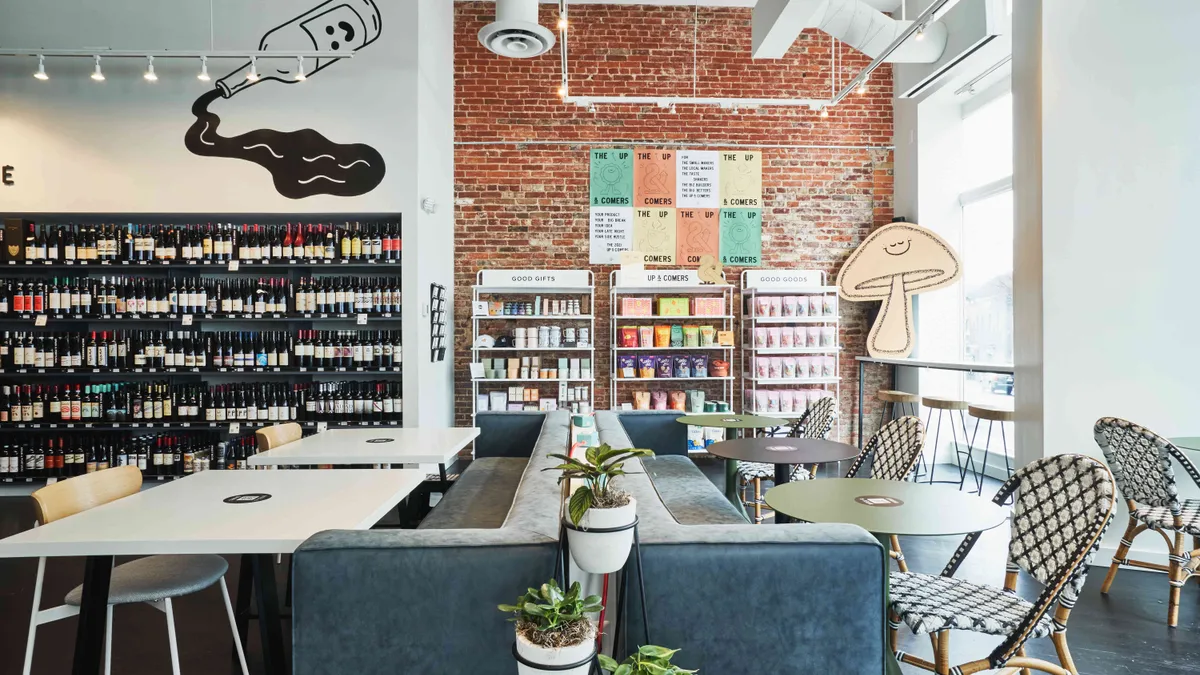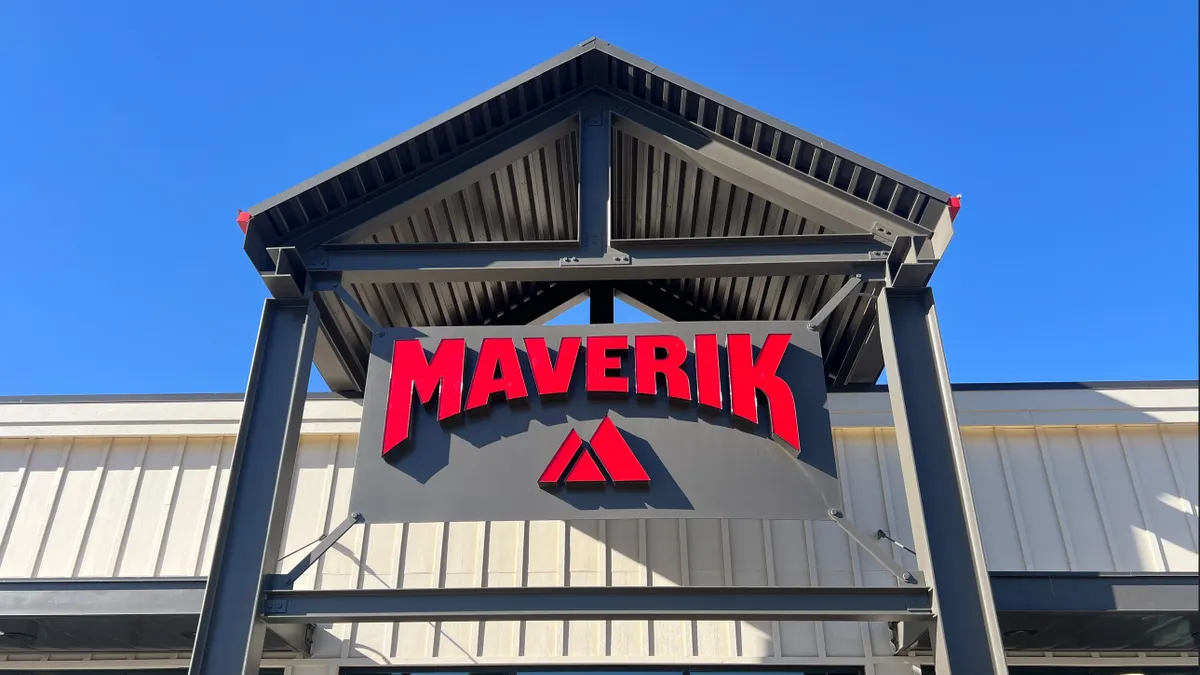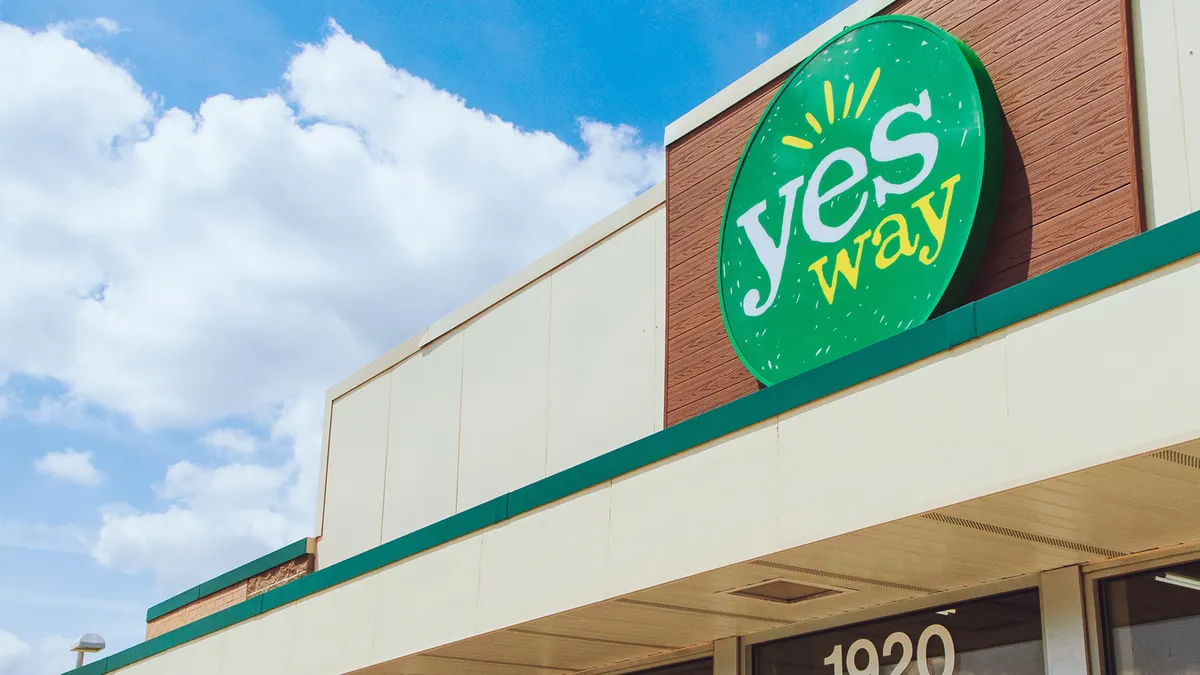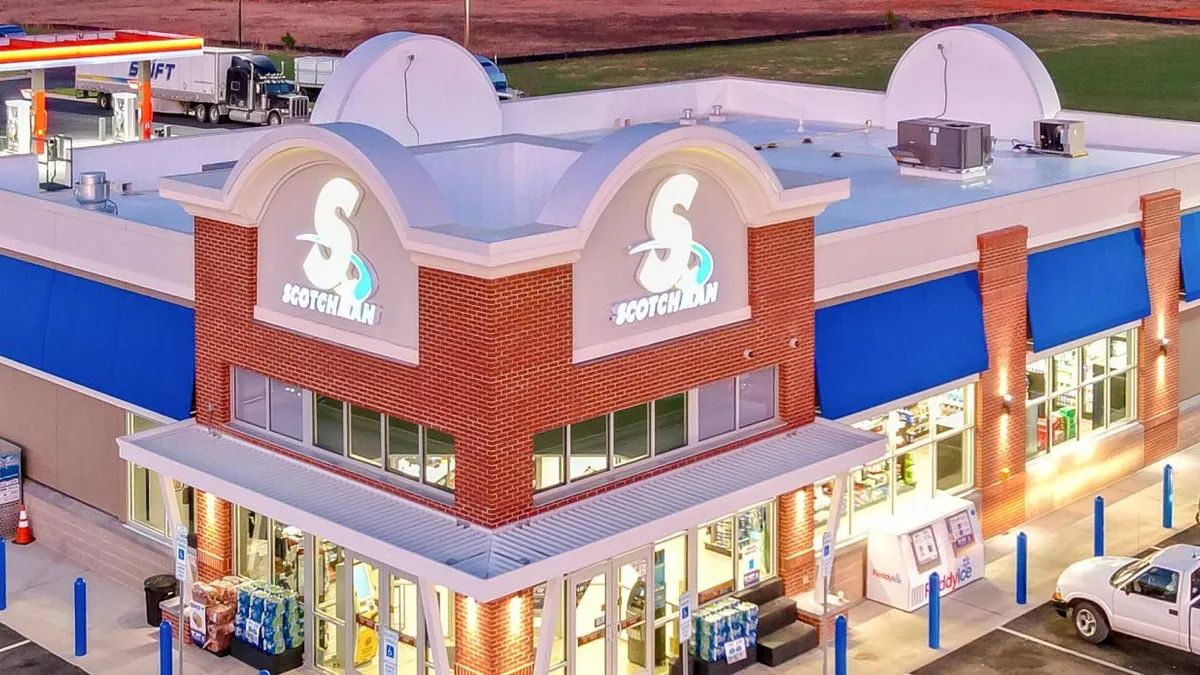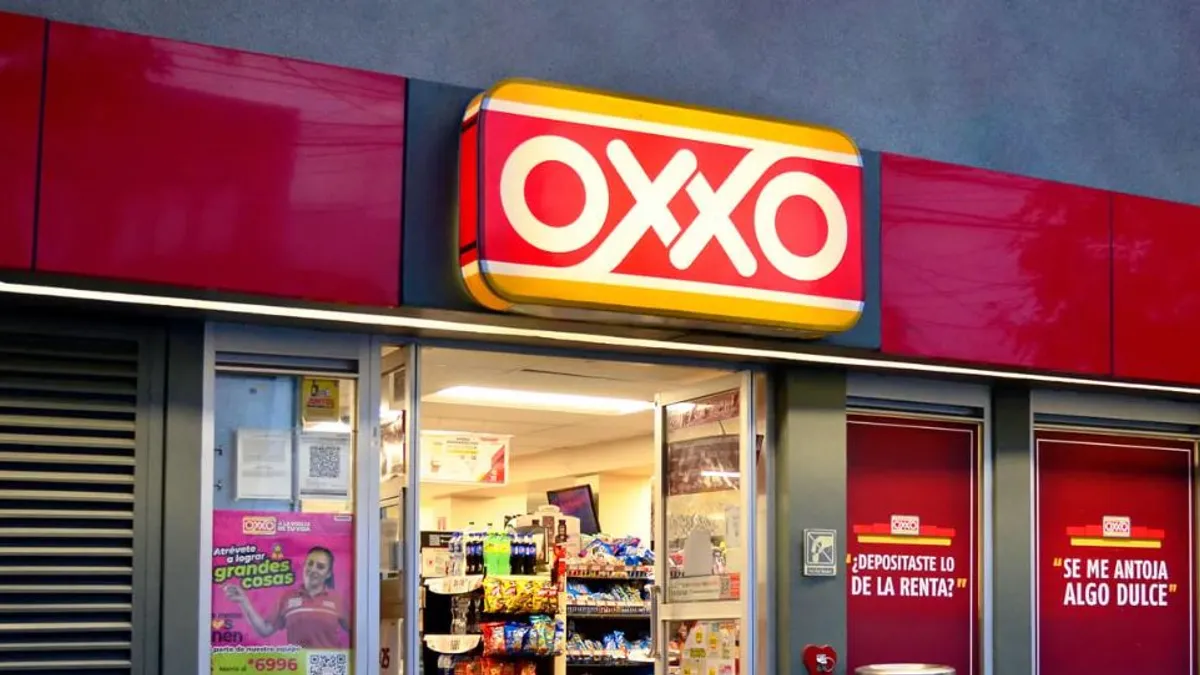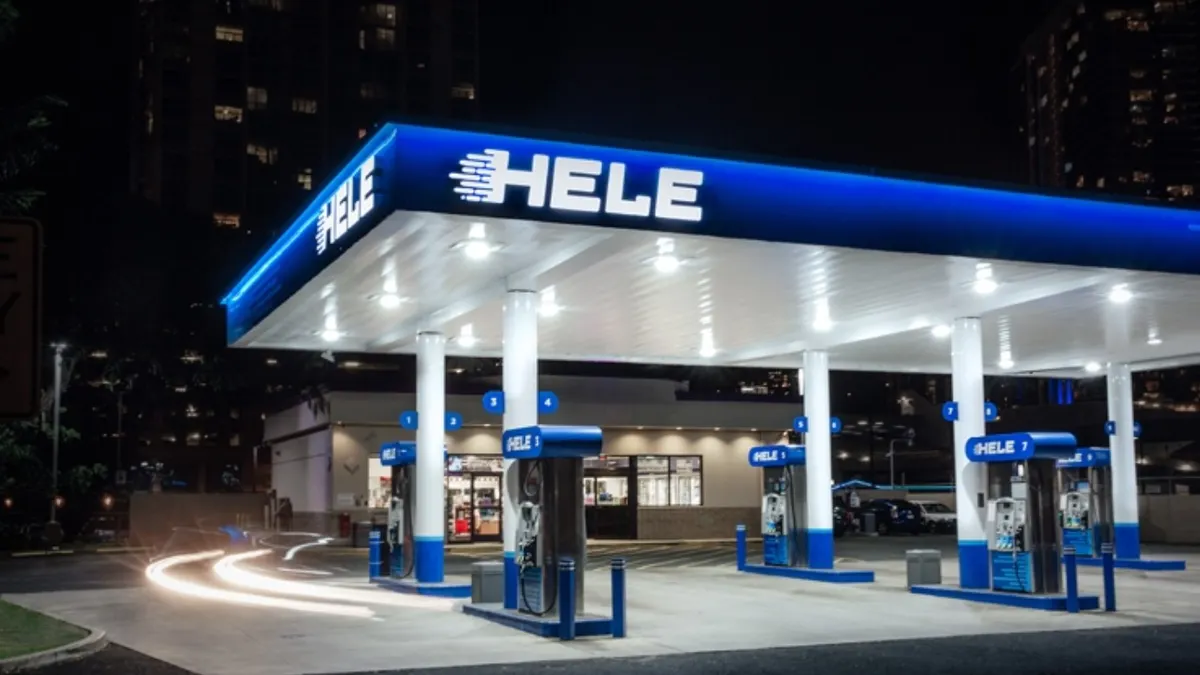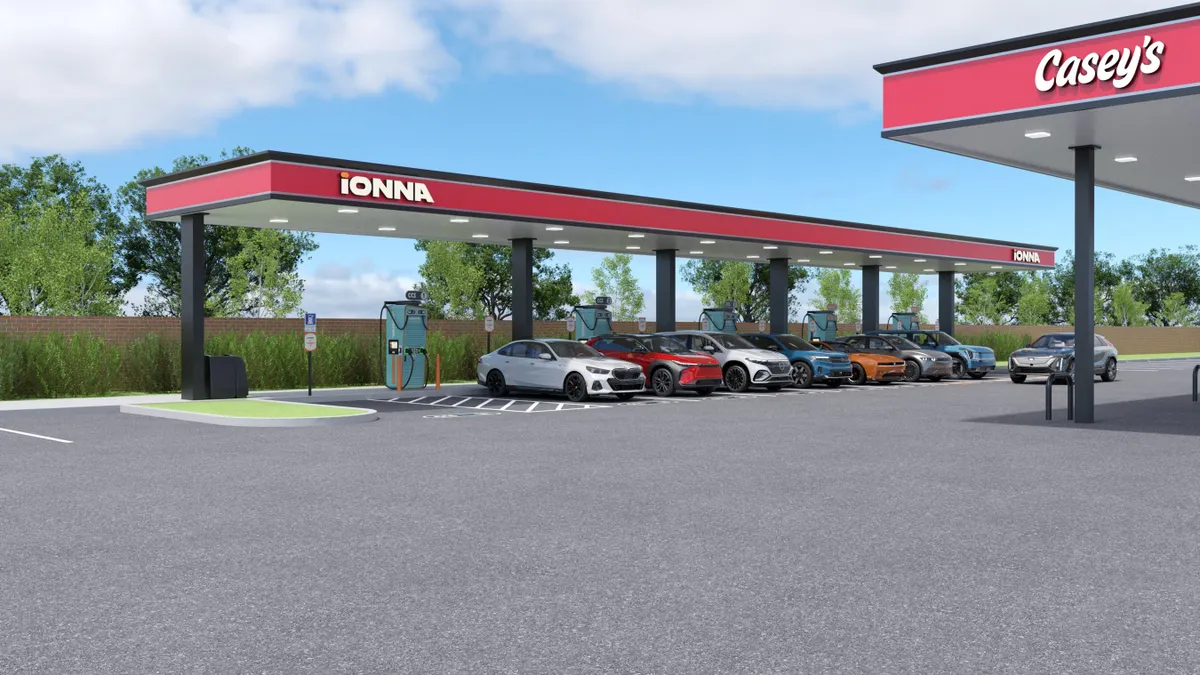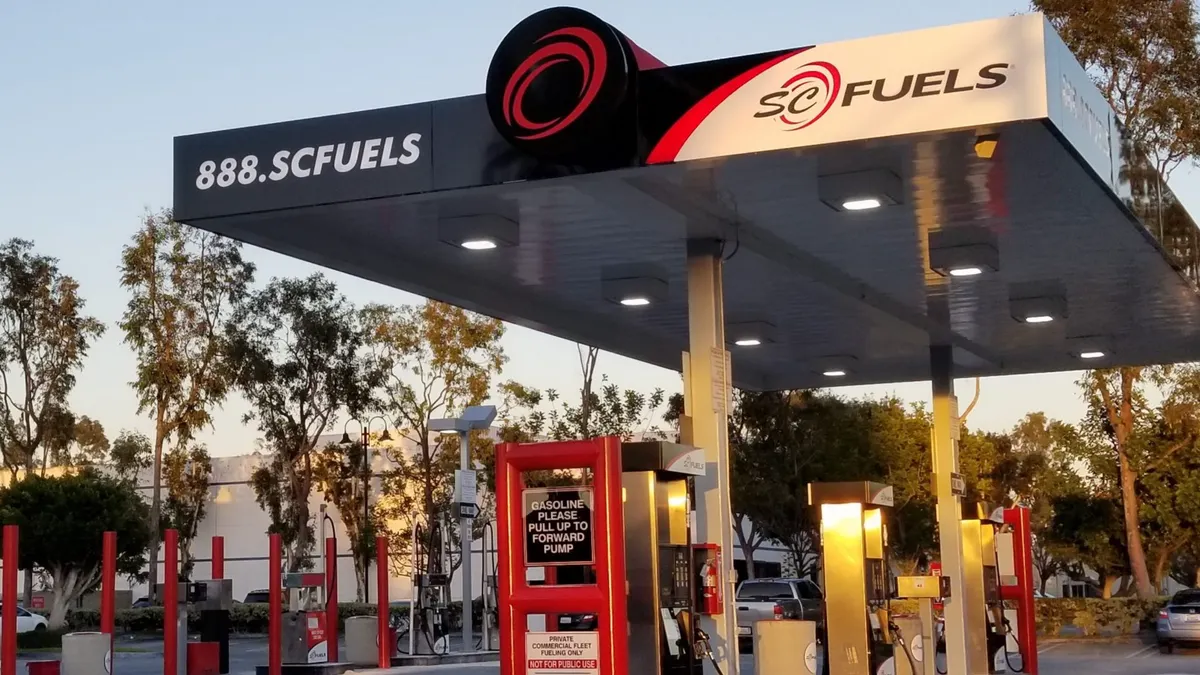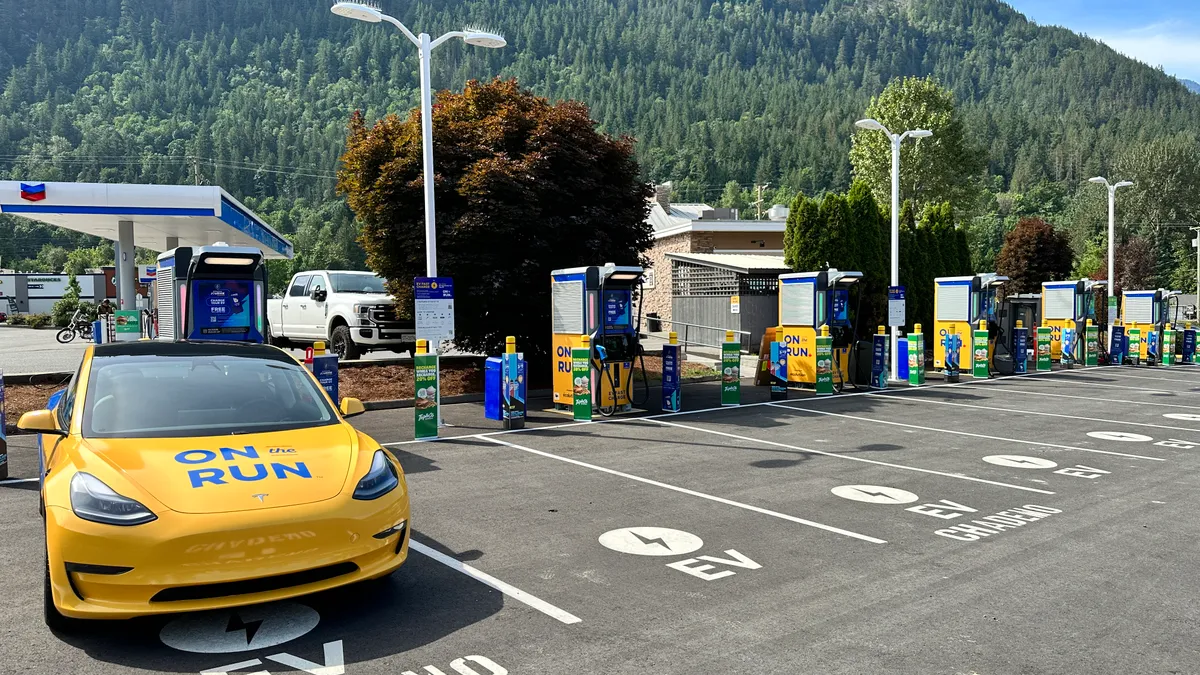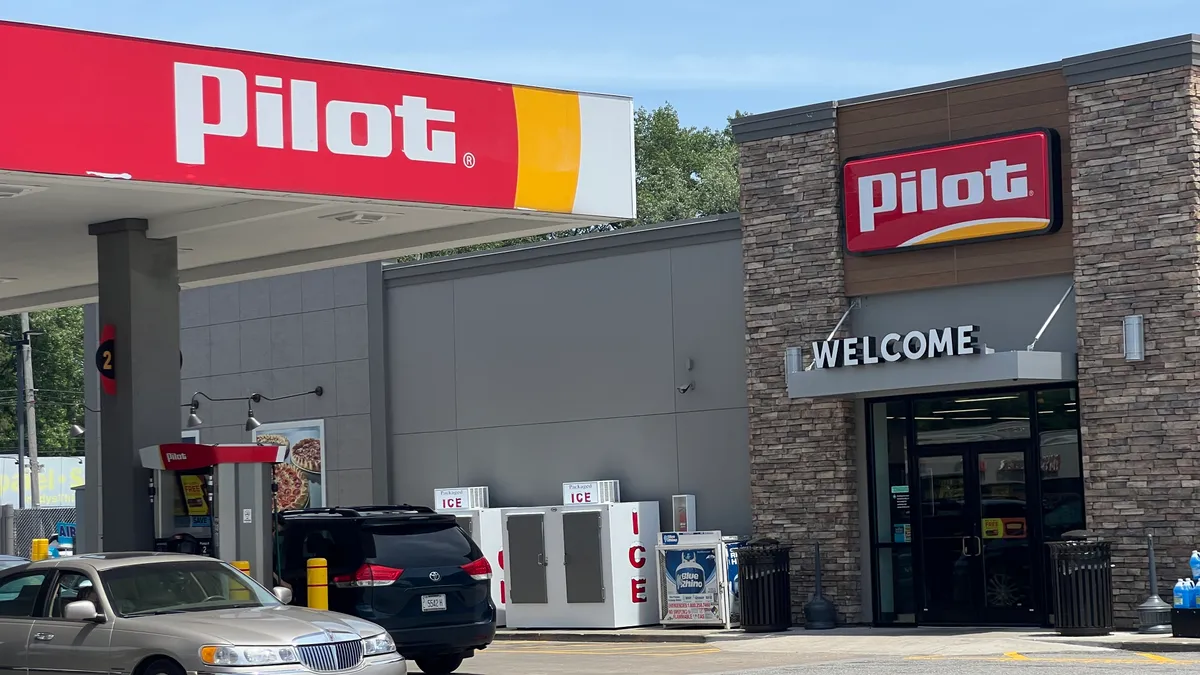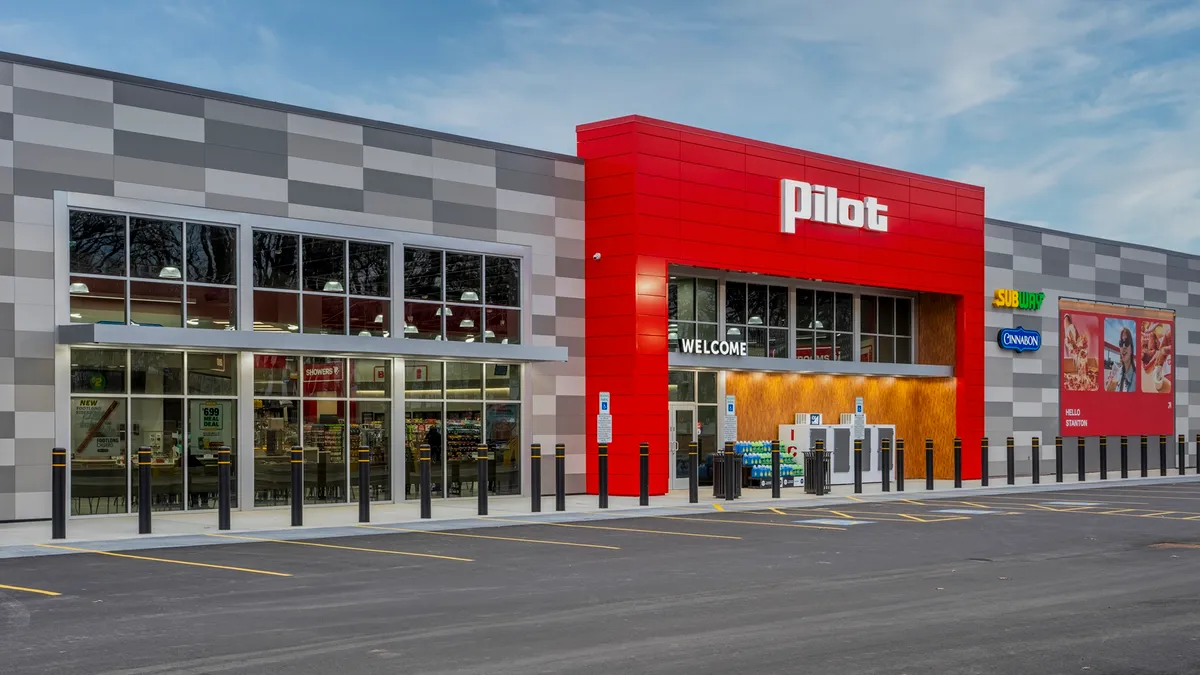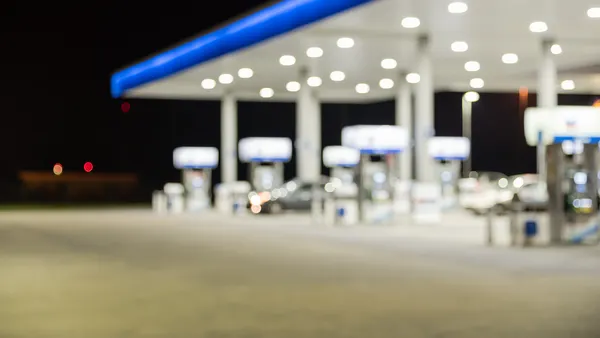Until a few weeks ago, my wife had never seen “Back to the Future.” Fortunately, our local brewery-theater combo has a habit of showing old films.
Early in the movie when Marty McFly travels back to 1955, there’s a scene where he watches a car pull into a service station and get rushed by a team of attendants like a NASCAR pit crew. This is around the time someone looks at his puffer vest and asks why he’s wearing a life preserver.
It’s funny because of how quickly and dramatically American life changed throughout the latter half of the twentieth century. To travel back thirty years meant completely different clothes, music and yes, even different types of gas stations.
The same scene would fall flat today if I hopped in the Doc’s Delorean and traveled to 1993. After all, those changes started to mellow out in the ‘90s — and there’s even an argument to be made that our culture has been stuck since the mid-2000s. If anything, I’d get compliments on my Air Jordan 1s and feel right at home in the convenience stores.
I think this is important to keep in mind whenever we discuss the energy transition. So often the conversations about the potential impact of electric vehicles focus on how convenience retailers will bolt chargers onto the existing model and provide new time-enrichment activities.
But that misses the point.
The average American convenience store hasn’t really changed much since fuel and convenience retailing coalesced in the ‘80s and ‘90s. The restrooms are cleaner and the food is certainly better, but the entire scale of the industry remains optimized for selling motor fuels.
I don’t believe that the question is how retailers can incorporate new forms of transportation energy into the business. After all, charging is an amenity. Electric vehicles can plug in anywhere.
Rather, I think the larger question is what convenience will look like in a world where transportation energy matters less.
The mouse trap model
Writing in HNGRY about his visits to Japanese convenience stores known as konbini, Matt Newberg recently made this astute observation:
"If there was a theme that spanned all of these components, it’s that Japanese konbini actually draw the customer in versus serving as ‘mouse traps’ placed conveniently within gas stations, airports, etc."
The “mouse trap” analogy is a great way to think about this issue.
Americans don’t walk, we drive. Car traffic is foot traffic, and it makes sense to find the American convenience store next to a fuel canopy. There are even cities like Houston where the infrastructure can be downright hostile to walking.
Retailers have understood for years how to create effective mouse traps. Even in situations where they’ve invested in destination-worthy food, the fuel canopy provides an indispensable flow of traffic against which promotions, deals, discounts and clever marketing can be deployed to trigger impulse decisions and draw people into the store.
Take that away though — or more realistically reduce it by 10%, 15% or 20% as local drivers embrace EVs — and how will that impact extend beyond fuel sales and carry over into the store? At the end of the day, where’s the tipping point where a corner lot that makes sense for a gas station doesn’t make much sense even for a destination convenience store?
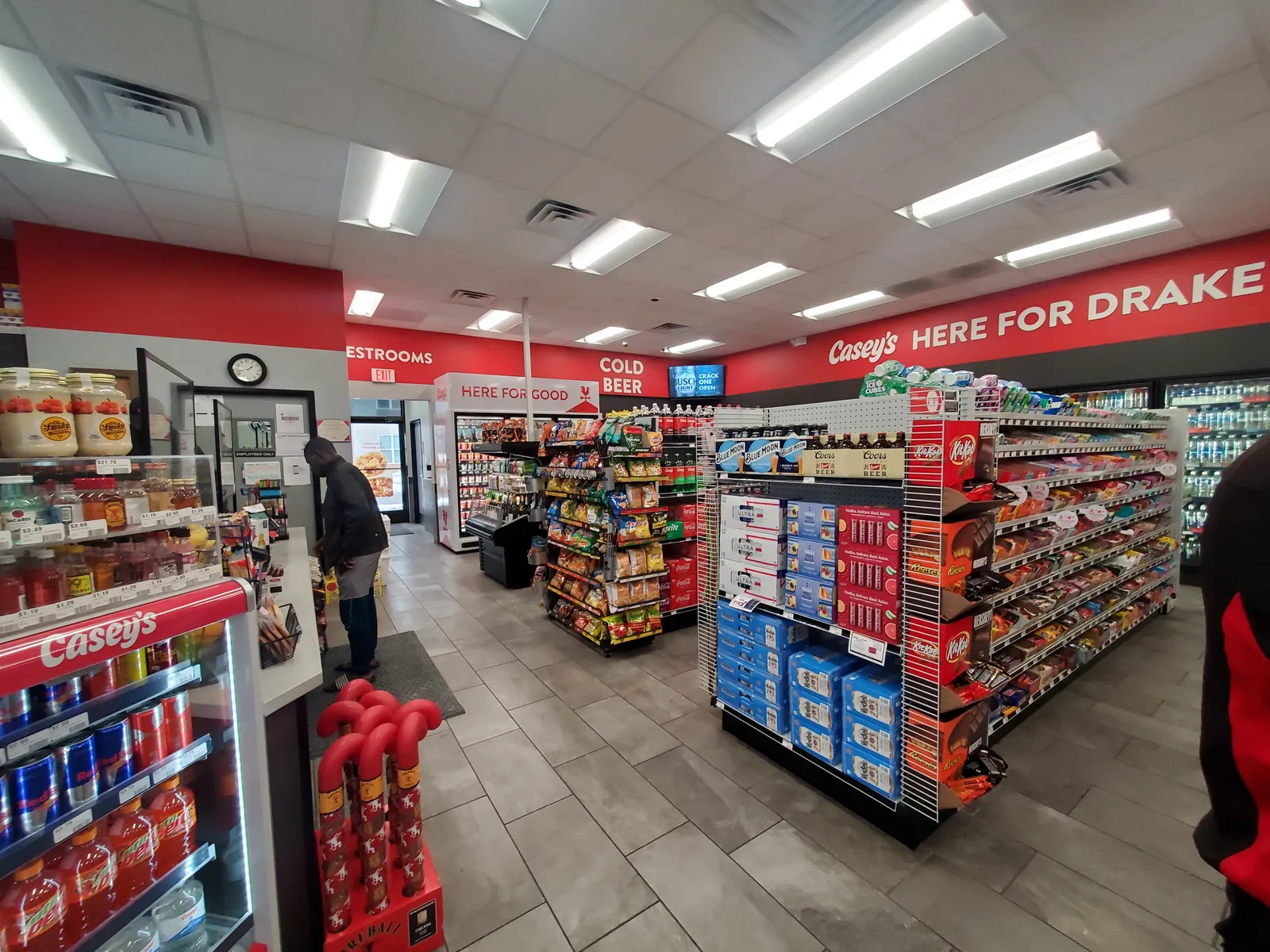
That’s what’s so potentially disruptive about the energy transition. And the truth is nobody knows what to do about it. Design competitions have reimagined the strip mall, oil companies talk about pie-in-the-sky mobility hubs, and endless conversations focus on how to enrich the time of people who will generally just charge their new EVs at home. It’s still early days though, and all the pieces are still on the board. Nobody has gone all-in and failed at anything yet.
To be fair, the energy transition won’t happen tomorrow. Gasoline and diesel will be around for quite some time. Nor will it be evenly distributed as certain parts of the United States will transition more quickly than others.
But now is a good time to consider what convenience might look like when it’s less reliant on transportation energy. Predicting the future is a notoriously unreliable business, but there are a few signals that certainly catch my attention.
Rethinking American convenience
I’ve been a fan of Yesway ever since I saw one of their first stores years ago in rural Iowa. I think it’s smart the way they come in and level up acquired stores without overspending on the diminishing returns. The bathrooms may not be the fanciest, but you can trust them to be very clean. The store may not be the largest and most modern, but the merchandising is on point and the employees are great. In other words: You’re never upset that you went there.
More recently, I’m a fan of how they’re turning some of their rural stores into community markets with fresh produce and staple grocery items. I’ve written before about the challenge of getting quality food in many parts of this country. Combine a community market with the fact that the energy transition will likely be slow in rural America, and it seems to me like you have an opportunity to simultaneously rethink convenience while staying in the fuel game for years to come.
But I also like how they’re exploring new store concepts for the Allsup’s brand. I previously wrote about how this industry is full of established companies with a lot of brand equity, and the Allsup’s is one of the most iconic. Why not use it in new ways? Not only are they testing a university store, but they also recently announced an Allsup’s Express Grab and Go concept at the Texas Motor Speedway. Maybe it’s just me, but I’d much rather see a name I know and trust like Allsup’s rather than something from the likes of some stadium retailers that feel like they asked ChatGPT to create a brand.
I also think Casey’s has been smart to experiment with non-fuel stores. Why not extend the famous foodservice offer into areas where a full gas station might not make as much sense — or where space is limited? One such store is in downtown Overland Park, and another is here in Des Moines, next to Drake University’s freshman dorms. Having spent four years at Drake, I have no doubt that students appreciate access to late-night snacks and pizza. There used to be such few options that we’d just walk through the McDonald’s drive-thru.
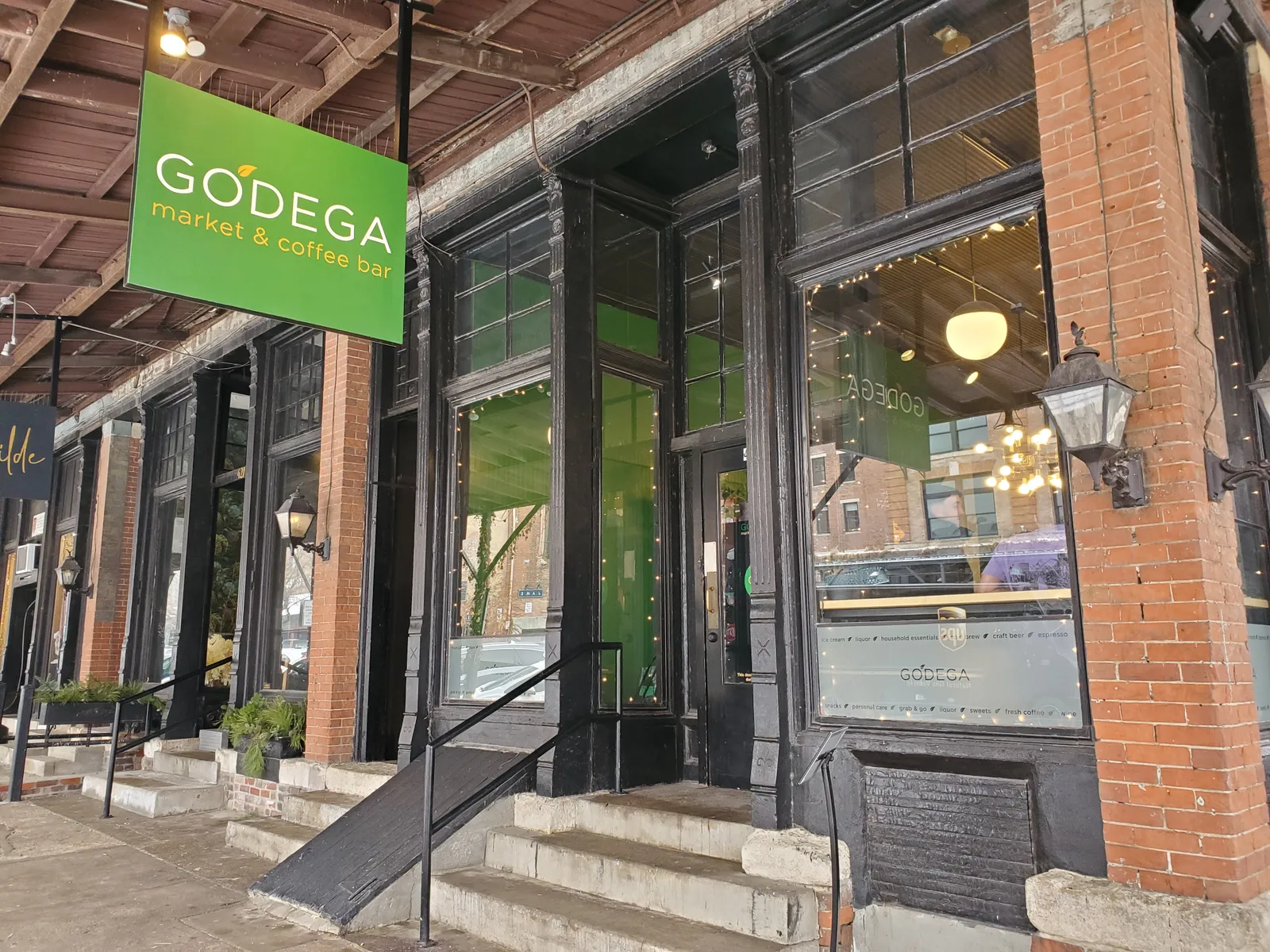
Hop on I-35 and drive down to Dallas, and you’ll find another modern take on convenience: Urban Value Corner Store. Their nearly 10 locations are positioned as amenities to high-density residential buildings rather than commercial offices, which is probably smart given how many offices still see fewer employees due to remote work arrangements.
But what makes this company unique, in my opinion, is the way the product mix of each store is constantly adjusted based on the purchases of its customers. So many convenience retailers present the same basic offer across their portfolios regardless of region, demographics, or even store format. There’s benefits to standardization and consistency, but sometimes it also leaves money on the table.
Nearby in Dallas — in a few of the areas that are, in fact, walkable — you’ll find Foxtrot. Much has been written about this company, but can I just say what a breath of fresh air it is to be at a store with such an interesting CPG mix? The store on McKinney Avenue even has to-go charcuterie boards and adult juice boxes full of sake.
What I really like about Foxtrot is that it’s not a mainstream offer. This is of course distinctly different from the homogeneity of the average American convenience store — a business that relies heavily on driving volume. Foxtrot isn’t for everyone. It doesn’t have what everyone wants, but does have what the demographics around it want. You’ll be out of luck if you’re looking for Ménage à Trois or Barefoot wine brands, but you’ll most certainly find a good Beaujolais or Côtes du Rhône. And I’m very much okay with that.
Another notable example is Godega in Omaha’s Old Market District. This charming, small convenience store offers a curated mix of groceries and grab-and-go products that feels like something of a third-place for its customers. Not only is the front table by the window a perfect place to read a book or catch up with a few friends, but the breakfast sandwich and coffee are on point. Let’s just say it puts every major coffee chain to shame, and I wouldn’t be upset if I grabbed an Americano from Godega when I didn’t want to make one at home.
I guess what I’m trying to get across is that there’s a need for convenience retail beyond the “mouse trap” model next to the fuel canopy. Nobody knows what the future holds, but why wait? Now is a great time to figure this out.

